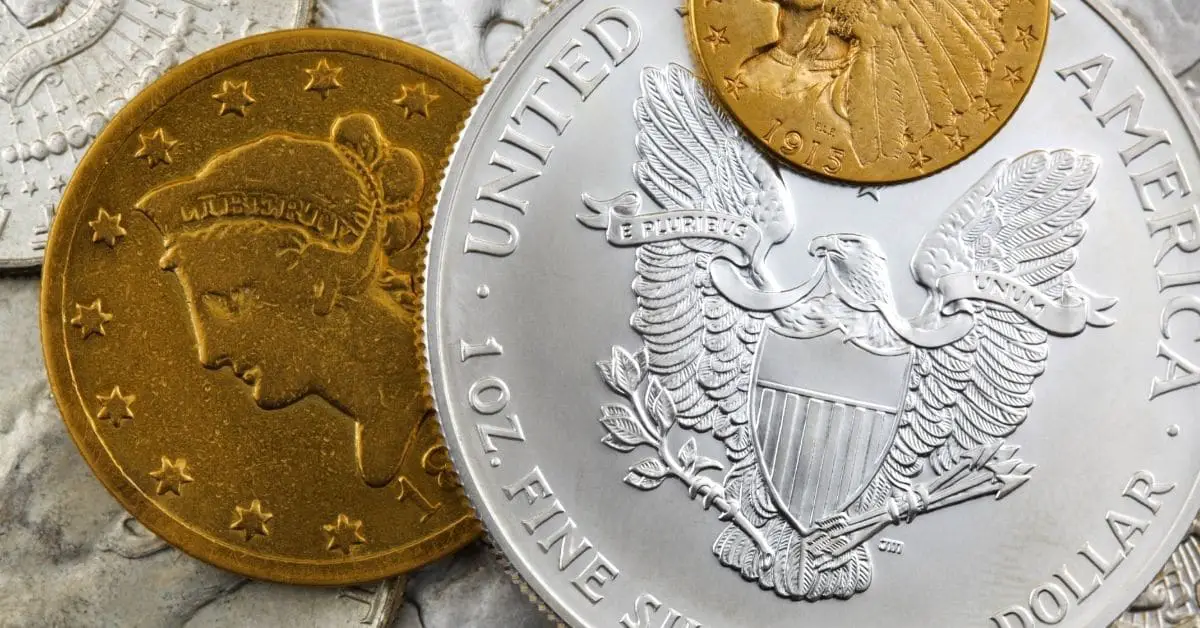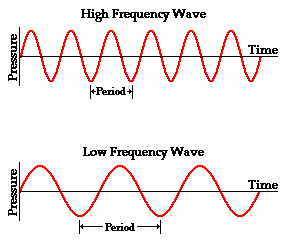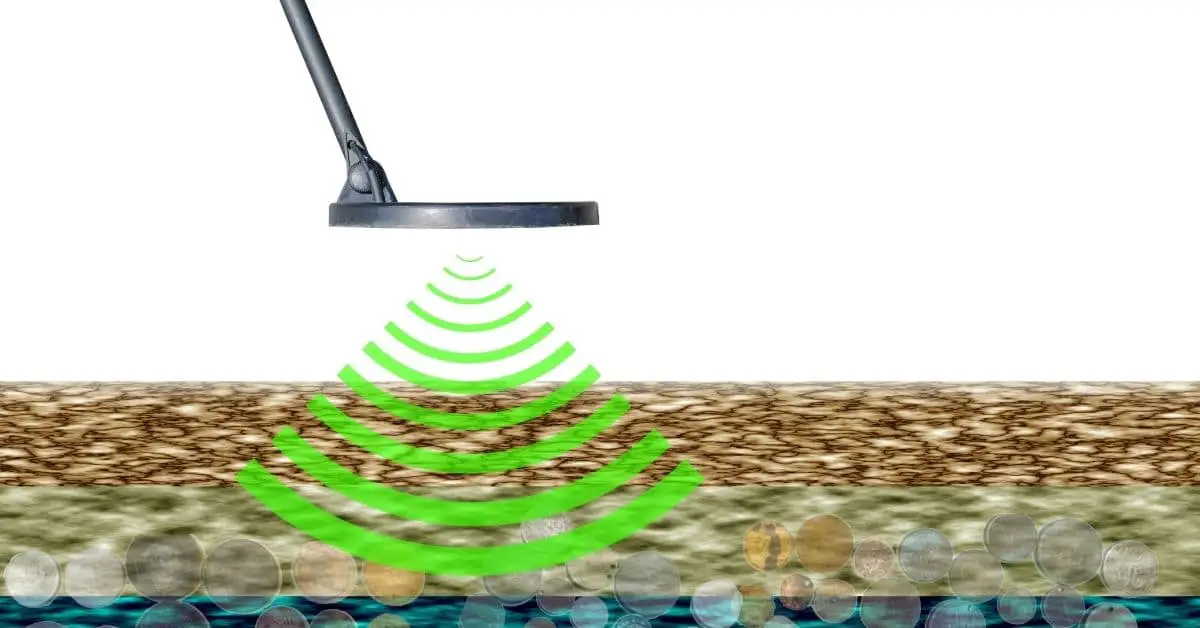Whether used for recreational purposes or for bona fide treasure hunting, metal detectors are common sights on beaches, open fields, and historical sites. Whatever the motivation may be, the audible chirping indicating that a target has been detected is a welcome sound to any detectorist, especially if it is potentially indicating something of value. But can metal detectors tell the difference between metals?
Not only can metal detectors tell the difference between metals, but they can also distinguish between potential high-value targets and those that can be disregarded. In the hands of skilled detectorists, metal detectors can even differentiate between certain precious metals like silver, gold, and platinum.
Today’s metal detectors combine proven technology with advanced features offering enhanced sensitivity and accuracy. But even the most sophisticated metal detectors require experienced, skilled, and patient hands to unearth items of value. Metal detectors can tell the difference between metals, but this alone does not guarantee a successful outing. Read on to learn what other factors also matter.
Can Metal Detectors Distinguish Between Different Metals?

To the untrained eye and ear, metal detecting may seem like an activity that relies more on blind luck and happenstance than skill and experience. While there is no discounting the benefits of being in the right place at the right time, without knowing what to look for and how to go about doing it, metal detecting truly does amount to going on a wild goose chase.
One of the most important and heavily relied upon attributes of metal detectors is their ability to tell the difference between different metals. This is crucial not only for being able to distinguish between let’s say silver and aluminum, or coins and jewelry, but also between those targets that have the potential of being high value, and those that are just plain old rubbish.
Here’s a close-up look at how metal detectors distinguish between various types of metal and the various metal detecting factors that affect their performance.
Utilizing Discrimination on a Metal Detector
One of the basic principles of metal detecting is that metallic objects in the ground respond differently to the electromagnetic energy that is emitted by metal detectors. Recognizing and relaying to the user the unique signals returned by different metals is how metal detectors distinguish one type of metal from another.
By using a technique known as discrimination, a metal detectorist can in essence program the detecting device to ignore certain signals while broadcasting others in order to narrow the search to specific types of target metals. Usually, this is done by adjusting or tuning a discrimination dial on a metal detector’s control box. Here are a few important things to keep in mind:
- The electromagnetic response returned by a particular metal has a unique effect on the signal that is received by the metal detector – this is known as a phase shift and is indicated to the user either by audible tones, visual indications on a display, or both
- Adjusting the discrimination dial basically sets a phase shift level where any signal below that threshold is blocked by the metal detector
- Higher-end metal detectors allow for notch filtering, which is where specific portions of the phase signal spectrum (corresponding to certain types of metal like those used for junk targets such as bottle caps or aluminum can tabs) are blocked out
- Some metal detectors display a numeric value (known as Visual Discrimination Indicator – VDI) that corresponds to a particular type of target, for example, a value of 18 indicating a nickel.
One caveat about using the discrimination feature to fine-tune metal detecting is that different metal objects may have similar signatures. In other words, there may be instances where an aluminum can pull tab emits a similar signal as a gold earring, and setting the discrimination dial to block the former may actually prevent the latter from being detected and recovered.
While metal detecting is based on sound scientific principles, it is not an exact science. Otherwise, anybody who picks up a metal detector would be guaranteed to unearth valuable items from the ground every single time. But features like discrimination greatly improve the chances of unearthing something valuable while making the time spent metal detecting more worthwhile.
Digging Deeper: Metal Detector vs. Magnetic Locator
Using Frequencies to Tell the Difference Between Metals

Another way that metal detectors differentiate between metals is through the use of varying frequencies. Frequency refers to the number of electronic waves that pass through a metal detector and into the ground, and it is typically measured in kilohertz (kHz). So, for example, a 15 kHz metal detector is one that is capable of transmitting and receiving 15,000 wave cycles each second.
Generally speaking, detecting devices can be broken down into four categories in terms of frequency:
- Low-frequency models
- High-frequency models
- Multi-frequency models
- Pulse induction models
Because lower frequencies are transmitted and received at slower rates (e.g., 2,000 cycles per second versus 12,000 cycles per second), the wavelengths are longer. Conversely, higher frequencies cycle at a much higher rate but the wavelengths are much shorter. So what does this mean as far as metal detecting is concerned? Here are a few ways that frequency affects how metal detectors tell the difference between metals:
- With their longer wavelengths, low-frequency metal detecting is the best option for metal objects buried deep underground, but not it is not ideal for finding items in shallow ground
- Lower frequencies perform well when it comes to detecting silver and metals containing iron (i.e., ferrous)
- Higher frequencies are best suited for locating small items buried closer to the surface and are ideal for finding gold nuggets
Like other aspects of metal detecting, using frequencies to differentiate between metals and locate a particular type of object underground, like gold coins, for instance, is not an exact science. But various metal objects are known to have certain frequency values. For example:
- Most coins, jewelry, and metal relics fall within the 5 kHz to 15 kHz range (which is why the majority of general-purpose metal detectors are sold with these parameters built-in)
- Gold objects (like nuggets), on the other hand, are typically found using higher frequencies in the range of 17 kHz to 70+ kHz
There will always be an element of guessing and hoping in the metal detecting game, but knowing which metals fall into certain frequency ranges goes a long way toward making educated guesses instead of wild ones.
Setting Sensitivity Levels to Detect Different Metals
Sensitivity refers to a metal detector’s ability to sense and respond to varying levels of electromagnetic signals that are picked up from the ground, and this is a setting that is adjustable by the user. As would be expected, setting the sensitivity level higher on a metal detector would result in a broader range of signals being picked up while setting it lower would effectively screen out weaker signals.
Also known as the gain control on some metal detector models, the sensitivity setting basically determines how deep the electromagnetic waves are transmitted into the ground. Of all the settings that are available to users on a metal detector’s control box, this may be one that requires the most on-site experimentation.
Here are a few valuable pointers to keep in mind when using sensitivity to tell different metals:
- Start off by setting the sensitivity on high (to the point that there is interference encountered)
- Then decrease the sensitivity level until reliable signals are received
- Lastly, take note of how the metal detector responds to specific target metals (e.g., silver, gold, platinum, etc.)
Especially for metal detecting novices, setting the proper sensitivity level on a metal detector is a matter of recognizing how the size of an object, its depth in the ground, and the type of metal that it is made from, all factor into the type of signal that the item produces. Setting the sensitivity level too high will result in constant (and unfruitful) digging while setting it too low will result in too many misses.
Recognizing the Signals Put Out by Different Metals

Regardless of experience level, be it a first-timer or a seasoned enthusiast, the distinct beeping, chirping, and whistling signals made by a metal detector zeroing in on its target are sounds like no other. But depending on a number of factors, these audible tones can indicate high-value items or as is more often the case, junk items like scraps of aluminum foil, aluminum can pull tabs, and bottle caps.
This is why learning how to interpret the various types of audible signals emitted by metal detectors is an important step toward reaching a level where unearthing valuable objects become a fairly regular occurrence. This aspect of metal detecting is all about knowledge and experience and these are a few of the tips and techniques used by seasoned metal detectorists:
- Coins generally emit a solid, distinctive tone that emits a strong, repeatable signal
- In contrast, junk targets like iron nails and odd-shaped aluminum objects, give out choppy, inconsistent tones that change depending on the direction of the sweep
The audible aspect of metal detecting is more than just associating certain tones with particular types of targets. There are also techniques that can be used to pinpoint and verify audible signals so that the decision of whether to dig or not to dig can be made with confidence instead of uncertainty. For instance:
- If a decent signal is emitted when sweeping east to west but becomes choppy when going in the opposite direction, chances are good that the item is oddly shaped (such as an aluminum can pull tab)
- To pinpoint an uncertain signal, achieve a good tone moving from side to side, and then use a front to back motion to ascertain the exact location (i.e., make a plus sign with the sweeps)
When it comes to metal detecting for different metal types, there is no substitute for experience. The best way to learn the various audible tones emitted by metals like gold, silver, aluminum, and iron, is to bury these items in the ground, sweep over them with a metal detector, and make note of the different tones that they produce.
Can Gold be Detected by a Metal Detector?

Of course, when it comes to metal detectors and analyzing the types of metals that can be detected, no discussion would be complete without covering the mother lode of all metals – gold. Generally speaking, most metal detectors can pick up on signals that indicate the presence of gold in the ground. There are, however, distinct challenges to finding gold through metal detecting, namely:
- Gold is found in many different forms, such as naturally occurring grains and nuggets, and man-made objects like coins and jewelry – these present themselves in any number of different ways to a metal detector
- The composition of gold can vary wildly and gold alloys can contain other metals like nickel, zinc, silver, and palladium, which in turn can produce different signals
One of the most frustrating aspects of metal detecting for gold is the fact that in its many different shapes and forms, its signal emanating from the ground can mimic the indication given by the myriad of junk targets that are also buried in the earth. To illustrate this point:
- A tiny gold earring will often give off the same signal as a small wad of aluminum foil
- Naturally-occurring gold also responds in a manner similar to scraps of junk metal
- A large gold ring can come across as an ordinary coin
- On metal detectors with visual (numeric) displays, gold rings appear within the same range as the pull tabs from aluminum cans
- If a gold item is alloyed with silver, it will indicate itself in a manner similar to that of coins, with a higher-pitched tone
- But if a gold item is alloyed with nickel, it will emit signals that place it on the lower end of visual and audible spectrums
It should come as no surprise then, that one of the most highly-sought targets for metal detectorists all over the world, is also one of the most difficult to unearth.
Conclusion – Can Metal Detectors Tell The Difference Between Metals?
Because its intended targets are located underground where they cannot be seen, metal detecting is an activity that can provide indescribable moments of excitement when high-value items are unearthed.
